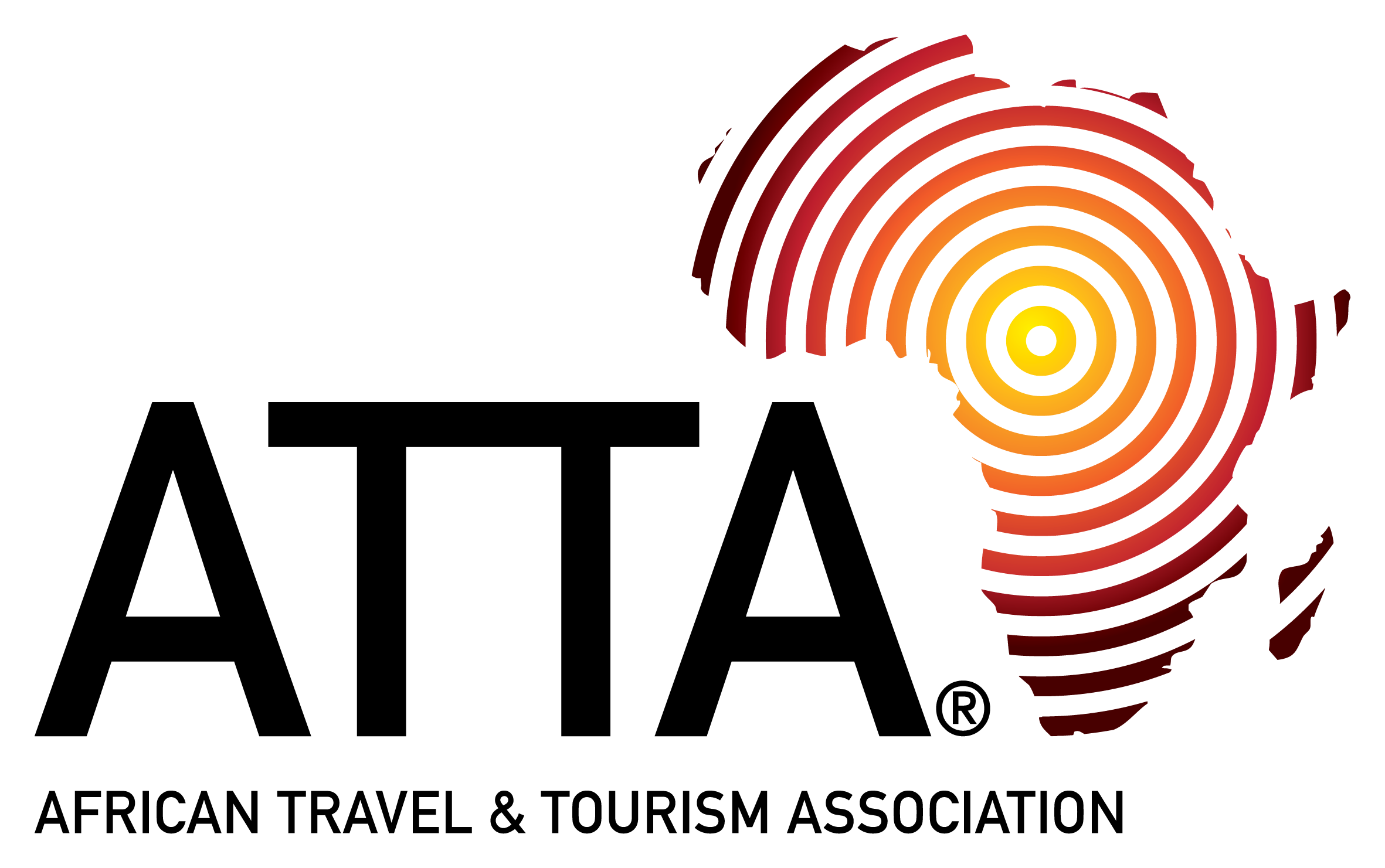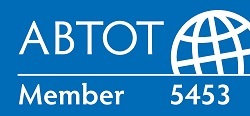Day 1: Arrive Santa Cruz
You will be met on arrival in Santa Cruz and transferred to the Hotel Cortez, or similar, in the city centre.
Situated in the foothills of the Andes, Santa Cruz has a relatively low altitude and an almost tropical climate, in stark contrast to Bolivia’s other prominent cities, including La Paz. With a warm climate and an equally sunny disposition, it’s the perfect place to begin your exploration of Bolivia.
If arriving into Santa Cruz this morning, we’ll arrange for an afternoon guided tour of the city, starting with the ‘Plaza 24 de Septiembre’, the main square where the cathedral Basílica Menor de San Lorenzo and several other notable historical buildings can be visited. From the plaza, you’ll continue to Arte Campo, a craft shop located within a traditional house in the city center, and the central market. At the end of the day, enjoy a Bolivian coffee and pastry before returning to your hotel.
Day 2: Visit Samaipata Ruins
Depart Santa Cruz this morning and journey south-west to Fort Samaipata, or ‘El Fuerte’ as it is more commonly known. This scenic journey through the Andean foothills will take around two and a half hours.
Fort Samaipata, and the small town that centers on it, is a popular weekend retreat for Bolivians, thanks to its scenic setting, as well as being a site of great historical interest. The town is overlooked by a large hill, on which the ruins of El Fuerte can be found. These pre-Incan ruins are a mystery to archeologists. The Spanish conquistadors believed them to be a military defense, and named the site ‘El Fuerte’, or “the Fort”, but it is now believed that Samaipata was in fact the site of a small city with as many as 500 homes. Archaeologists have also emphasized its possible religious importance in pre-Incan Bolivia. Whatever the original purpose of the site, the ruins at Samaipata impress with their scale, while their hilltop location ensures magnificent views of the valley and surrounding foothills.
You will have time to explore the Samaipata ruins at length, including a visit to the archeological museum, before taking a short drive out of town to visit one of the nearby waterfalls for a refreshing swim and picnic lunch.
Late afternoon, return to your hotel in Santa Cruz for overnight.
Day 3: Fly to Sucre
You will be met at your hotel after breakfast and transferred to the airport for the morning flight to Sucre. On arrival in Sucre, meet with your local guide and driver and transfer to the Hotel Parador Santa Maria, or similar, for two nights.
After check-in, embark on a half-day guided city tour of Sucre.
Widely considered to be one of Bolivia’s prettiest cities, Sucre is located at the bottom of a fertile valley and stands out for its neo-classical architecture, ornate churches and varied museums. Your tour today will take you to the Museum of Indigenous Art – a fabulous collection of art and textiles from the Indian cultures that reside around Sucre – as well as the early-17th century Recoleta Monastery and Museum, an historic building that has previously served as a convent, barracks and later prison, but which today functions as a museum housing displays on Sucre’s history as well as several Republican-era paintings and sculptures. Your tour will end with a visit to the House of Liberty, where Simon Bolivar signed the Independence of Bolivia.
Day 4: Free day in Sucre
Today is free for you to explore Sucre at your own pace.
There is much to see and do in and around the city. Consider a visit to the Tarabuco Indian market (Sundays only), or traditional weaving village of Potolo. Contact your Gane and Marshall consultant to discuss other options.
Day 5: Drive to Potosi
Depart Sucre this morning and continue your journey southward to Potosi, a small mining city situated high in the Andes at 4,060m.
In the 16th-century, Potosi was a place of immense and sumptuous wealth, founded upon the mining of silver and precious metals in the hills that surround the city. In those years, Cerro Rico (“Rich Mountain” in Spanish), whose slopes form the backdrop to the city, is said to have supplied enough silver to fund the Spanish Empire’s conquests of the Americas, while the city itself was believed to have been larger, and richer, than either London or Seville. Today the mines are entirely depleted, though the legacy of that era is still visible in the city’s faded villas, many now converted to restaurants or guesthouses, and its colonial-era churches.
This afternoon, enjoy a walking tour of Potosi, visiting the San Francisco Church, the Santa Teresa Convent, and the 17th-century streets.
Overnight at the Hotel Coloso.
Day 6: Journey to Salar de Uyuni
This morning you’ll have the chance to learn more about Potosi’s mining history on a visit to the Casa de la Moneda, the former Royal Mint, where you can examine the old wooden machinery that was once used to make the silver coins and bars that allowed Spain to become the global super power of the early modern era.
Late morning, after touring the mine, depart Potosi and drive 3 hours across the Bolivian altiplano, or high plain, to arrive at Colchani, a small village located on the edge of the famous Uyuni salt flats.
This evening you stay at the Luna Salada in Colchani, a “salt hotel” partially constructed from salt brick and situated overlooking the Uyuni pans.
The rest of the afternoon is at leisure. You’ll have time this afternoon to wander into the village, where you can often see the locals extracting salt by hand.
Day 7: Uyuni
Bolivia’s Salt Flats are one of the country’s most iconic features. The seemingly never-ending salt-flats create a stunning landscape of brilliant white contrasting with a bright blue sky.
Start the day by journeying to Incahuasi, in the centre of the salt flats, an isolated island where giant cacti grow. Various high points on the island offer wonderful views and allow you to really appreciate the sheer vastness of the Uyuni salt pan.
After a picnic lunch, continue your journey to the north of the salt lake to arrive at the small village of Tahua, at the base of the Tunupa Volcano. Here you will have time to explore the village before taking a short hike up to the old burial grounds and Coquesa cave.
Day 8: Fly to La Paz
Transfer to the airport for the morning flight to La Paz, where you will be met on arrival by your local guide and begin a half-day tour of the city and its surrounds.
Situated at 3,500m, La Paz is the world’s highest capital city. Your tour today will start in the famous Moon Valley, named for its lunar-esque landscapes. Located just 10km from La Paz, Moon Valley feels like another world; an incredible maze of canyons and spires, populated with tall cacti plants and strange rock formations.
Leaving Moon Valley, you’ll take the Mi Teleferico cable car to a high point overlooking La Paz for a bird’s eye view of the city. Your tour then continues downtown to the Church of San Francisco, a 19th-century baroque basilica, with a fabulously ornate interior.
After exploring the Church of San Francisco, you may like to visit Sagarnaga Street, La Paz’ lively tourist center. Alternatively, if you’d rather avoid the crowded souvenir stalls, continue straight to Plaza Murillo, where the La Paz Metropolitan Cathedral, Government Palace and the National Congress building can be seen. The order of the visits will vary depending on the day.
Overnight in La Paz at the Camino Real Suites.
Day 9: Tiahuanaco ruins, Lake Titicaca
This morning’s explorations will take you out of the city and to the archaeological site of Tiahuanaco. These magnificent ruins are amongst Bolivia’s most important historical gems.
The Tiahuanaco people belonged to one of the oldest known civilizations in the Americas, thought to date back to 1,500BC or even earlier. Their structures were built from giant stones, some weighing up to 30 tons, and exactly how the people of Tiahuanaco transported and built with these enormous rocks is the subject of speculation to this day. While at Tiahuanaco you will be able to explore what remains of the Sun Gate, the Temple of Kalasasaya and the Pyramid of Akapana.
In the afternoon, you continue your journey via La Paz to Huatajata, located on the shores of Lake Titicaca. Stop at the Andean Roots Eco Village, a collection of small exhibits which together give an insight into the region and its indigenous population. There is an open-air exhibit of the mud-igloo houses that were once typical of the area, and of the mortuary towers of the Urus Chipayas. While here, you will also meet with one of the Limachi family, who are famous in the area for building the totora-reed ships in which explorer Thor Heyerdahl sailed 5,000 miles across the Pacific Ocean.
After dinner, visit the observatory and, if the sky is clear, see the southern constellations.
Overnight at the Hotel Inca Utama.
Day 10: Lake Titicaca – Sun Island
Venture onto the bright blue waters of Lake Titicaca to visit the Isla del Sol. According to Incan legend, Sun Island was the birth place of the Incan Sun God, Titi, and hence of the Incan empire.
You disembark the boat at the ruins of the Inca Pilcocaina Sun Temple, a small huddle of stone work and smoke-blackened domes situated on the shores of the island. From the Sun Temple, you continue on foot to the top of the island, escorted by a llama and local guide, before descending to your lakeshore lodgings.
This afternoon has been left free. You might like to relax at the posada, or alternatively enjoy a walk along one of the coastal trails at sunset.
Overnight at the Posada del Inca Eco Lodge, a simple hacienda-style inn situated on the lakeshore.
Day 11: Sun Island to La Paz
This morning is free. You might like to wake early to view the lake at sunrise or enjoy a walk along the lake shore, before returning to the hacienda for a leisurely breakfast.
Around midday, leave your lodgings and climb to the Inca fountain near Yumani. After taking in the views from the top of Sun Island and stopping for a picnic lunch, return to the pier and make the journey across the water to Moon Island. Here you can visit Inaq Uyu, the ‘House of the Virgins of the Sun’, formerly a temple and burial site for women of nobility.
You then continue over the waters to Copacabana to visit the Basilica of Our Lady of Copacabana, a large stark white building with blue tiled domes, before departing for La Paz.
Expect to reach La Paz early evening. Overnight at the Camino Real Suites.
Day 12: Departure
Your itinerary ends this morning in La Paz. You will be transferred to the airport in time for your onward flight.
Highlights of Bolivia
11-day highlights itinerary exploring Santa Cruz, Uyuni, Lake Titicaca and La Paz
Highlights of Bolivia
Explore the scenic and cultural highlights of Bolvia on this 11-day overview. Starting in Santa Cruz, in Bolivia’s tropical lowlands, you’ll journey over the Andes to the altiplano and on to the world’s highest capital city, La Paz.
Outline Itinerary
Price guide
Price based on two travellers in shared twin/double accommodation and subject to availability at the time of booking.
Pricing
12 days from £2650pp
Family Camping Safari in North Tanzania
A truly wonderful holiday and it all worked like a dream thanks to you and all the team.



